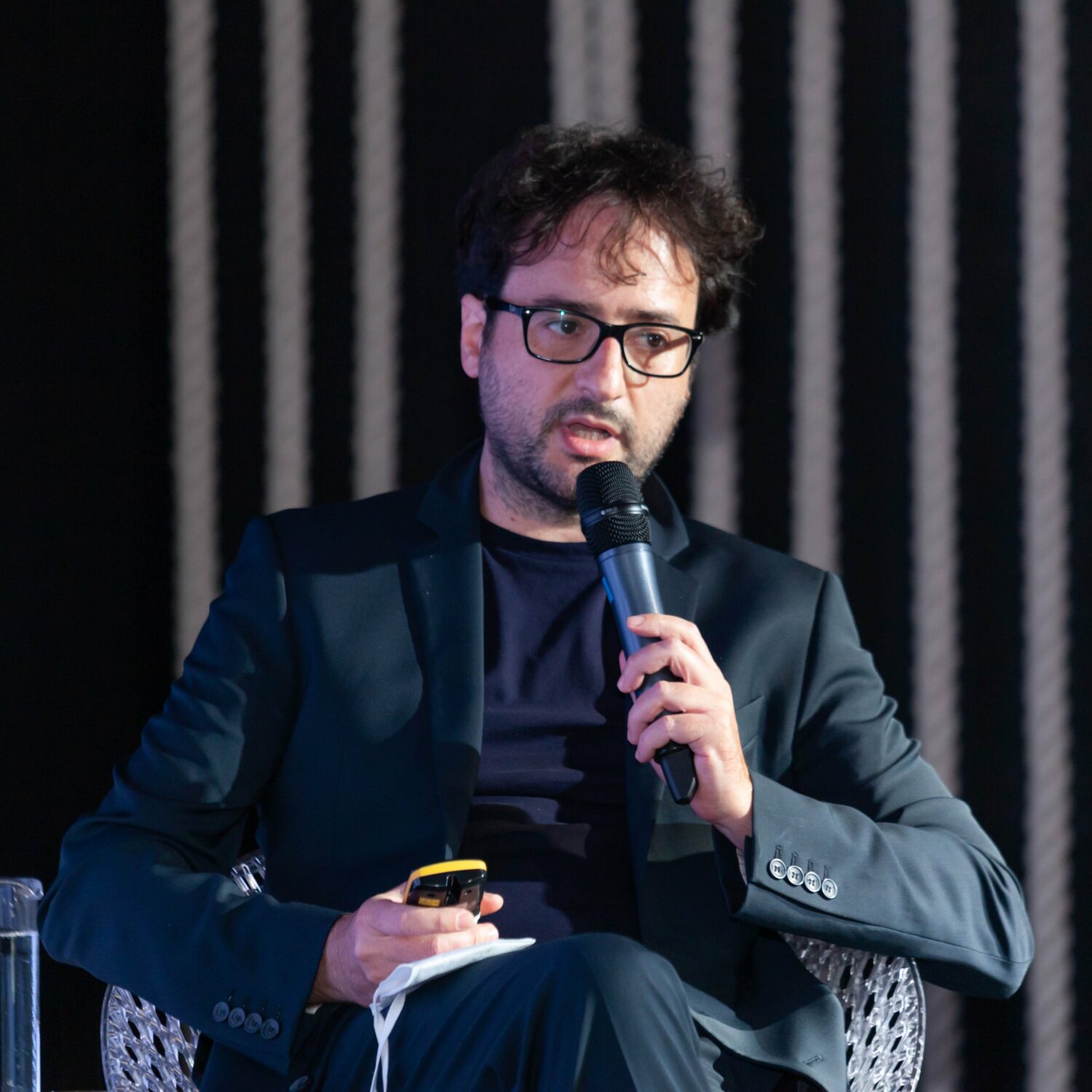Innovating in space propulsion by focusing on sustainability is at the heart of the mission of MIPRONS, an Italian company founded by Angelo Minotti in 2019, just months before the pandemic. Speaking to the microphones of ilNewyorkese on Claudio Brachino’s “Portraits” podcast, Minotti explained how his company is developing a revolutionary space propulsion system that uses water as a propellant to produce hydrogen and oxygen, “the highest performing chemical pair in existence,” through electrolysis.
In addition to high performance, this innovation offers a viable alternative to traditional propellants, many of which are now being phased out due to their toxicity. “Sustainability is also an extremely important issue in space. In the last 10 to 15 years, there has been an increasing push in this direction. We are the first entity in Italy, among the few in Europe and one of four in the world to develop a space thruster that uses water electrolysis.”
MIPRONS’ technology makes it possible to charge water on Earth and, once it reaches orbit, separate it through electrolysis into hydrogen and oxygen. “Electrolysis is a well-known process, but our innovation lies in the use of a special combustion chamber. Currently, our technology is protected by five international patents, which have already been issued in Europe as well, a very important achievement that sets us apart from our competitors.”
The startup, which is headquartered in Colleferro and already has an operating subsidiary in Singapore, is looking carefully at the international scene to expand its technological and business know-how. “Singapore represents an extremely high-tech-conscious reality. We have already started exchange programs for PhDs, also funded by MIPRONS in Italy,” Minotti explained, stressing that international collaboration is crucial. “It is important both to broaden the market and to keep the technological level high through collaborations with advanced research realities. We are a reality born by exploiting our intellectual capacity, and after the prototype realization, we will also have to face the industrial phase.”
The role of public institutions in MIPRONS’ international development is certainly central: “The relationship is certainly mutually beneficial,” Minotti stressed. “We owe a lot to ICE, thanks to which we have entered international programs in Asia, the United States and the Emirates.”
Another significant step will be the opening of a U.S. office by the end of the year, probably in Texas, California or Florida. “We will dialogue with customers and institutions, including NASA, with whom we already have ongoing contact,” Minotti revealed.
The U.S. market offers unique opportunities due to the speed with which new technological concepts are developed and applied. Despite this, “from the standpoint of technical and scientific knowledge, Italy is second to none.”
MIPRONS also boasts a prestigious partnership with Roberto Vittori, an internationally experienced Italian astronaut and former space attaché in Washington with several missions on Soyuz and the Shuttle. The meeting between MIPRONS and Vittori took place in Singapore: “He supports the reuse of in-situ resources for space exploration, and when he learned about our technology, the partnership immediately clicked. It is a pride to have him on our team.”
Minotti and his company also look with interest at the pioneering vision of Elon Musk, who “has radically changed the technological approach to space, demonstrating how quickly a private entity can decide and innovate. He envisions life on the Moon as an outpost for Mars in the coming years. We, in our own small way, are trying to contribute.”
The article MIPRONS’ space challenge: when water becomes the propellant of the future comes from TheNewyorker.

